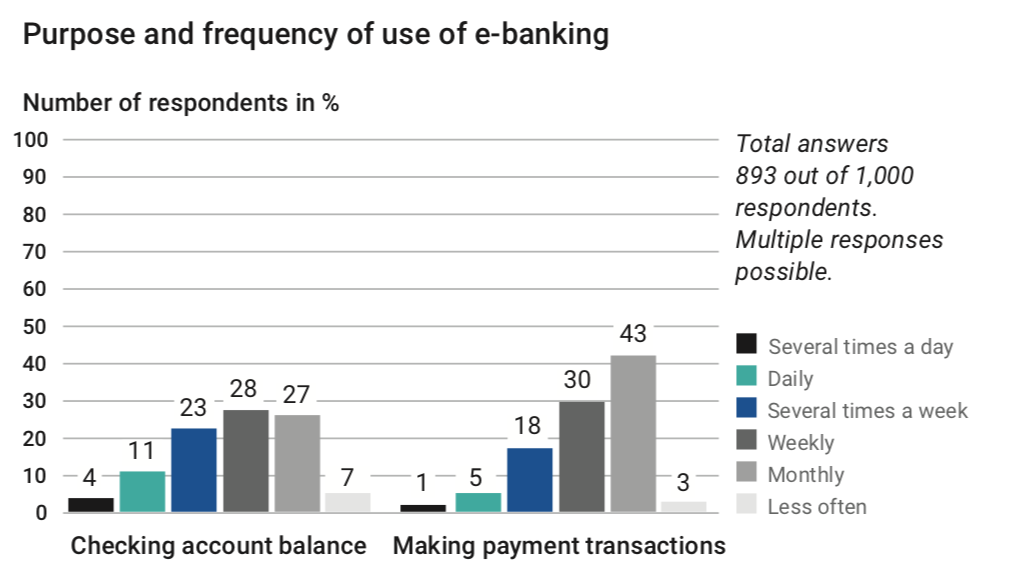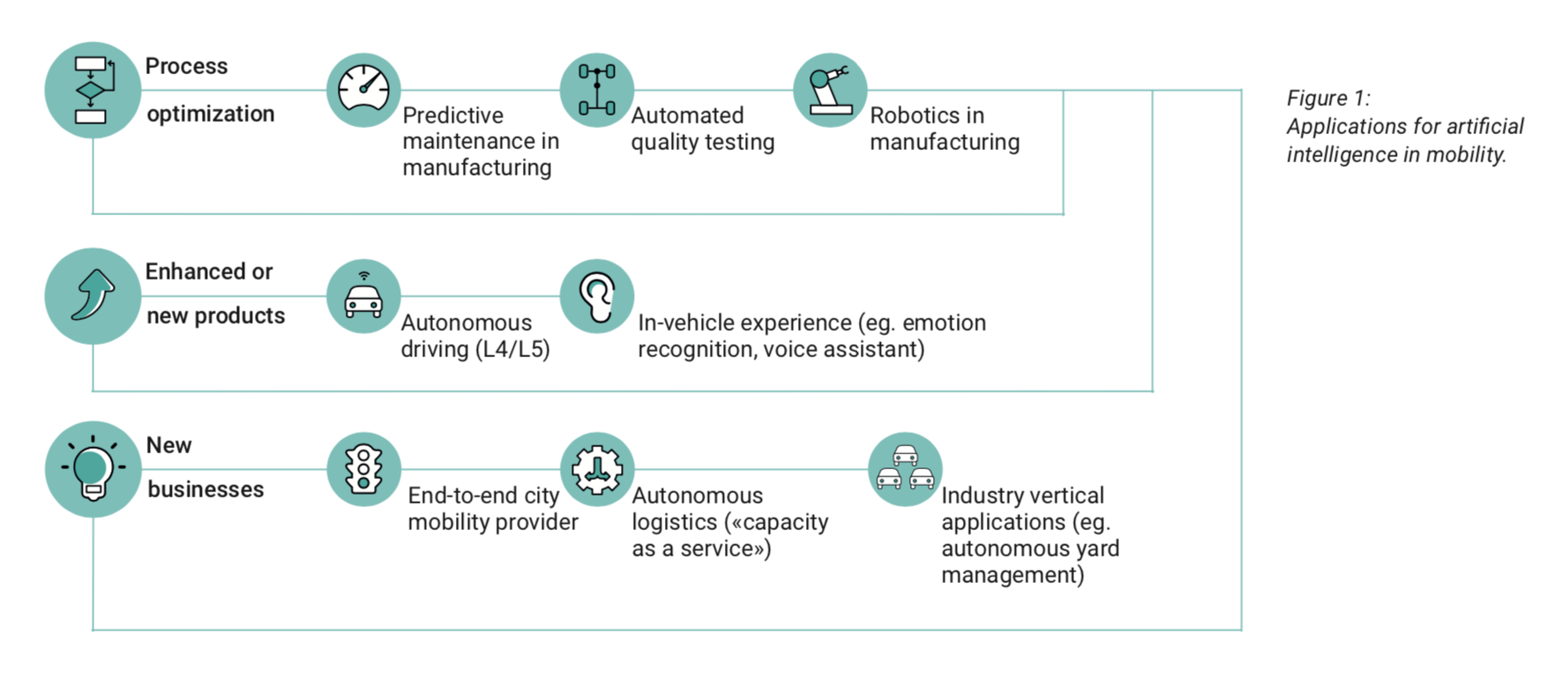Ti&m, a leading Swiss IT provider and digital solution developer, has released a special magazine on artificial intelligence (AI), exploring the technology’s impact on the business world and addressing how companies should react to it.
In the magazine, ti&m executives and experts share insight on what to expect and advise companies on how to prepare for the substantial changes AI is set bring in. In particular, the magazine addresses the need to reinvent banking, the impact of AI in the workplace, and why transparency will be critical for companies leveraging AI to gain customers’ trust.
The following are eight takeaways from the report.
Data insight
The biggest, most immediate added value of AI projects is to allow companies to gain a better understanding of their own data and their own business, say Pascal Wyss, Head of Artificial Intelligence at t&m, and Karsten Burger, Head of Innovation & Cloud Hosting at t&m. This insight will allow them to open up new pathways to improving customer experience and their business as a whole.
Rethinking banking in the age of AI

Samuel Scheidegger
In the age of AI, Banks must turn their e-banking offering into a fully-fledged sales and marketing channel, and must leverage cutting-edge technologies including the cloud and AI to gain in efficiency and improve customer experience, say t&m surfer Stefan Rüesch, Head of Digital Banking, and Samuel Scheidegger Head of Products and Member of the Executive Board. Traditional Banks must react quickly as neobanks and challenger banks are rapidly winning market share.
Modern e-banking
 In particular, these modern e-banking platforms should come with an open banking architecture that allows for easy third-party integration through APIs, great user experience/user interface, personalized products, services, and communication, combined with powerful analytic/AI functionalities, they say.
In particular, these modern e-banking platforms should come with an open banking architecture that allows for easy third-party integration through APIs, great user experience/user interface, personalized products, services, and communication, combined with powerful analytic/AI functionalities, they say.
AI is going to change the world of work
AI will not only impact what and how we consume products and services, it will also dramatically change the way we work. Indeed, Holger Rommel, t&m Head of Research & Digital Transformation, says there will be a big push toward streamlining, leading to totally new demands on those involved in the work process.
In this changing workspace environment, organizations will have to address the social issues resulting from the widespread deployment of AI.
Not just a threat to low-skilled jobs
Contrary to common beliefs, AI is set to have as much of an impact on skilled jobs than on low-skilled jobs.
AI systems primarily replicate analytical, procedural thinking and decision-making, and are less suited to reacting intuitively and quickly to sudden changes. “Systems like this are less good at productive creative work than they are at solving algorithmic problems and at making decisions and acting within a specified framework,” says Rommel.
This means that the typical clerk’s area of work, as well as activities including planning, controlling and optimizing workflows, will be increasingly taken over by machines, he predicts.
Creative, situational and people-related work will stay with humans
 Jobs requiring empathy and where interaction with people, social skills and sensitivity are needed, will be of greater importance than they are today, Rommel says.
Jobs requiring empathy and where interaction with people, social skills and sensitivity are needed, will be of greater importance than they are today, Rommel says.
Additionally, the manipulation of objects that have to be processed situationally and individually will be among the kind of work that AI systems will not be ready to do independently just yet. Examples include installation work, construction or the skilled crafts.
Being transparent and giving users control
Many AI users remain skeptical and this is due to the fact that they do not understand what happens to their data or what it is used for.
This is why transparency is so vitally important. Additionally, customers must understand that they are not at the mercy of the system and that they have control at all times.
New challenges for UX designers
AI opens up new horizons in products and applications, but also brings with it a plethora of new challenges for designers, say Stephanie van Ophuisen, Senior Interaction Designer, and Lisa Müller, Senior Interaction Designer.
When working with AI, designers face the challenge of trust and transparency where they must make sure that users understand which system components are “intelligent” and which user data was used to create them.
It is also essential to make users aware of what to expect from an intelligent system so users don’t set too high expectations in the risk to end up frustrated.
Finally, an AI solution should also ask for permission before performing a task, and users should be able to decide for themselves when to use the advantages of AI and when to take over manually.








